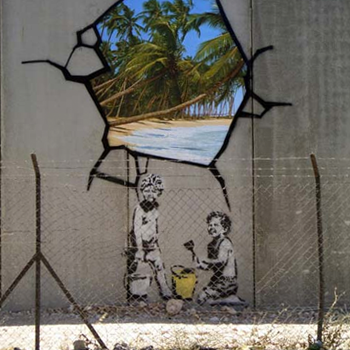Explain two reasons how the US policy of containment led to conflicts in Asia, Vietnam, and/or the Korean wars. use specific examples that support your answer. include the enemy and the ally. ?
THE FACT THAT I WASN'T EVEN TAUGHT THIS YET OR MY TEACHER NEVER BRUNG THIS UP TILL NOW. OMG
THE FACT THAT I WASN'T EVEN TAUGHT THIS YET OR MY TEACHER NEVER BRUNG THIS UP TILL NOW. OMG
1 Answer
It reflected the Cold War tensions between the superpowers after World War 2. The US policy of containment was aimed at containing the spread of communism through supporting anti-communist governments and movements.
Explanation:
Firstly there were ideological differences. The conflict between capitalism and communism, socially, politically, economically and ideologically between the USA and USSR in a world dominated by them led to indirect conflict. For example during the Korean War the South was supported by the USA and her allies and the North by the communist world. This was an example of direct conflict between the USA and communist China.
Secondly despite protestations to the contrary both superpowers used war by proxy to promote self interest. This can be seen in the conflicts in Vietnam, Cambodia and Laos. The communist movements such as the Vietminh and Vietcong in Vietnam and the Pathet Lao in Laos were supported by the USSR logistically and in Cambodia the Khmer Rouge based their model society on Mao's China.
In contrast the Americans indirectly and directly supported the military governments and dictatorships such those of President Thieu in Vietnam and Prince Sihanouk in Cambodia. As well as promoting strategic interests, there was heavy involvement in heroin, shipped back to the USA through armed forces customs.

